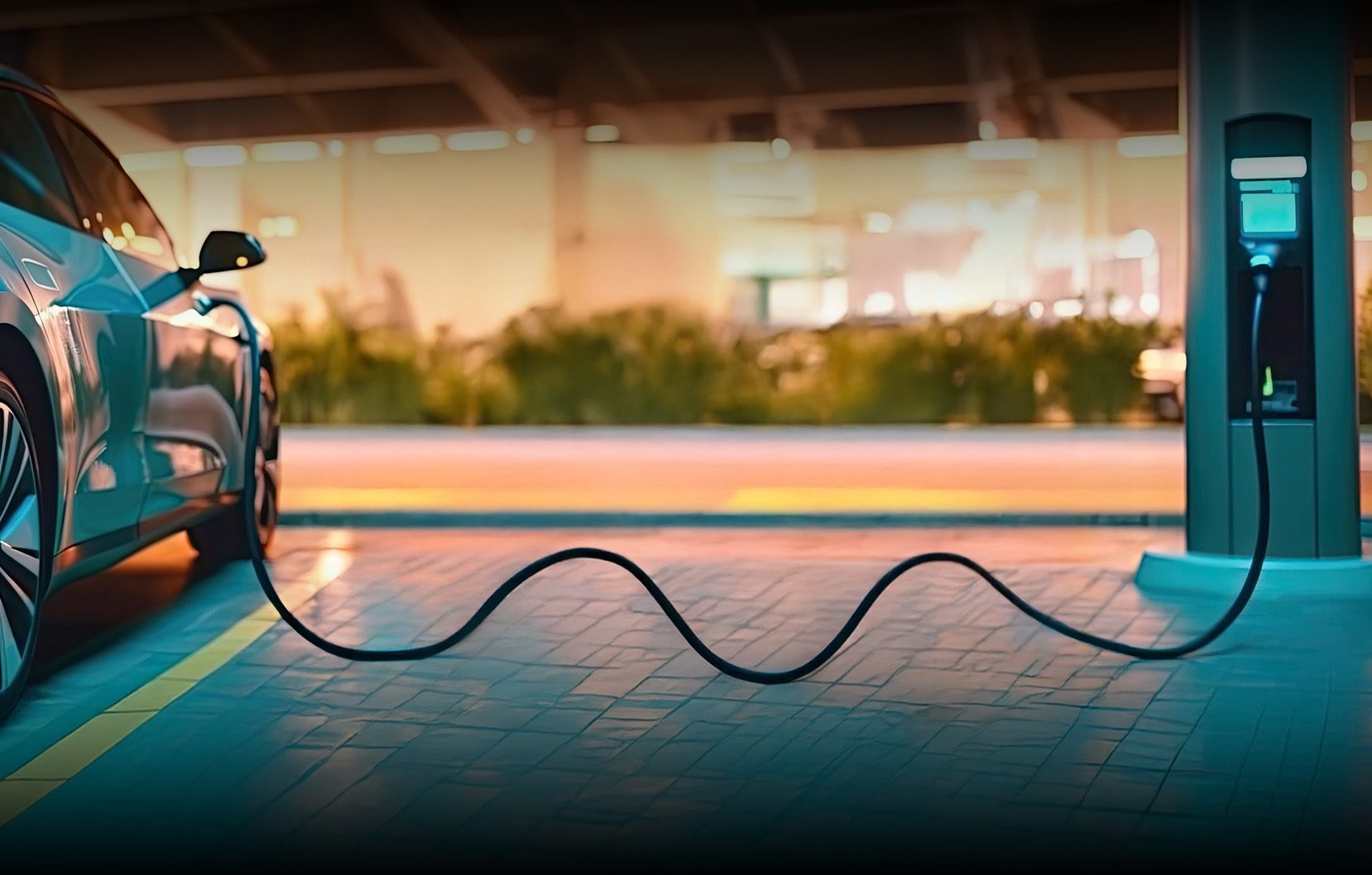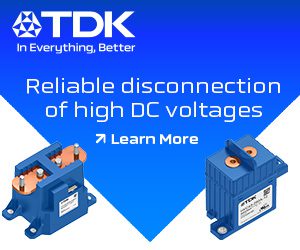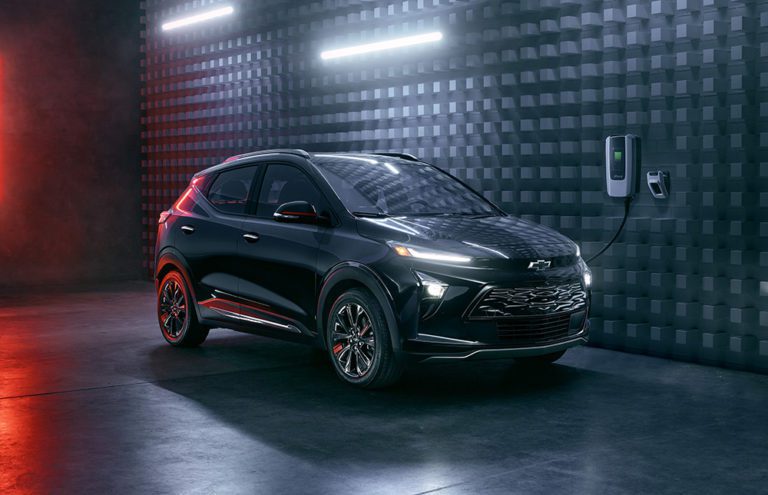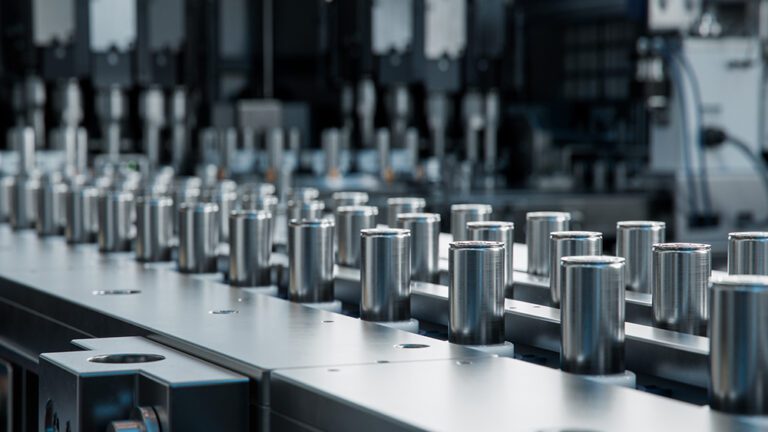Silicon Mobility, an Intel company that provides automotive semiconductor and software control solutions, has announced the OLEA U310 Field Programmable Control Unit (FPCU) as part of its next-generation OLEA FPCU series. The new OLEA U310 consolidates the functionalities of multiple traditional microcontrollers into a single system on chip (SoC). The OLEA U310 is specifically engineered… Read more »
Search Results Found For: "our next energy"
InCharge Energy introduces three multi-EV charging products
Commercial fleet charging services provider InCharge Energy has introduced three new chargers—the ICE-600, ICE-480 and ICE CUBE. The Micro Dispenser for the new ICE-600 split system offers dynamic power sharing of up to 500 kW to charge up to 10 EVs simultaneously, charging at either 10 Micro single-cable dispensers or at five Slim Line dual-cable… Read more »
Pacific Power Source launches new regenerative sources and loads for EV charger testing
Pacific Power Source, a global provider of AC and DC power testing solutions, has announced a new Regenerative product line of bidirectional sources and loads. The new products, including the All-in-1 AGX Regenerative AC/DC Source, 2-in-1 RGS Regenerative Grid Simulator and RLS Regenerative Load Simulator, emulate real-world power flows, and are designed for testing EV… Read more »
Sumitomo Rubber develops simulation technique to develop next-gen EV tires
Automotive company Sumitomo Rubber has developed a new simulation technique called Tire Aerodynamic Simulation, which is used in the process of tire development to visualize the airflow around the tire of a running vehicle This simulation will help to develop a tire shape that optimizes aerodynamic performance and contributes to lowering the electricity consumption in… Read more »
Save energy in your high-power test applications (Whitepaper)
Sponsored by Keysight. Keysight explores technology advancements to save money and keep the planet green In an effort to make the earth a greener place for the next generation while lowering costs, technology companies are creating innovative eco-friendly products. A comprehensive approach to testing can bring additional savings through a reduction of waste energy. High-power… Read more »
GM says equipping the next-gen Chevy Bolt EV with LFP batteries will save billions
EV enthusiasts were disappointed at GM’s decision to discontinue the popular (if a bit dull) Chevy Bolt EV last year. In hindsight, the move may have been premature—the new Ultium EVs that were supposed to replace the Bolt in GM’s lineup have been delayed, causing the company to post embarrassingly low EV sales figures for… Read more »
LG Energy Solution and Impact Clean Power sign agreement to power electric buses in Europe
LG Energy Solution, a manufacturer of lithium-ion batteries, and Impact Clean Power Technology (ICPT), a supplier of heavy-duty battery systems, have signed a supply agreement for nickel-cobalt-manganese (NCM) battery modules. LG Energy Solution will ship 200,000 battery modules from its Wroclaw, Poland plant to ICPT’s GigafactoryX in Pruszkow over the next three years to be… Read more »
Range Energy’s smart trailers boost electric truck range
Towing has always been a sore point with EVs—towing a trailer inevitably eats into range, and towing a massive semi-trailer requires a tractor with a massive battery pack. But what if the trailer itself could share the burden? That’s the idea behind Range Energy, which is developing a trailer that’s equipped with a battery pack,… Read more »
Panasonic to use Sila’s Titan Silicon anode material, which promises higher energy density for EV batteries
Panasonic and battery materials company Sila Nanotechnologies have signed a commercial agreement for Sila’s nano-composite silicon anode, Titan Silicon, which could enable the battery maker to dramatically improve both vehicle range and charging time. Sila’s anode materials, to be produced at the company’s plant in Moses Lake, Washington, will be optimized for Panasonic’s next-generation lithium-ion… Read more »
Volvo Cars launches new Energy Solutions business to promote V2G applications
Volvo Cars has launched a new business unit called Energy Solutions to develop the potential for bidirectional charging applications such as V2H and V2G. The EX90 electric SUV, which is to be released in 2024, will be “the first Volvo car equipped with all the necessary hardware and (over time) software to enable bidirectional charging… Read more »














